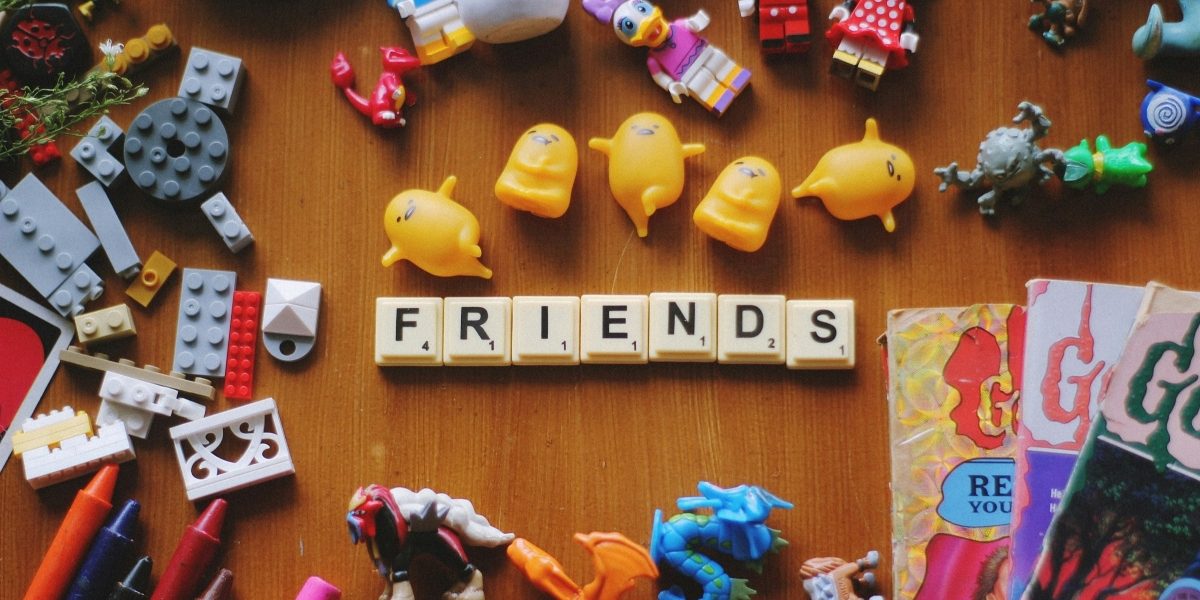What if the best part of game night isn’t always the victory but the moments spent building the world together? Turning crafting into part of the experience can transform an ordinary game into something personally meaningful.
Whether it’s shaping clay into miniatures, piecing together Lego terrains, or repurposing old c oins as tokens, creating together can draw everyone into the story before it even begins. It’s not just preparation, it’s collaboration, imagination, and connection, all rolled into one shared adventure.
The Fun Begins Before the First Roll
There’s something special about gathering around a table not just to play, but to create the world you’ll be playing in. Crafting the board, the pieces, or even simple props together can add anticipation to game night.
Before the first move is made, everyone is already engaged, choosing colors, shaping clay, or piecing together the landscape that will soon come to life. It turns preparation into part of the story, giving each participant a small but meaningful creative role.
This approach also bridges the gap between players of different interests. Those who love building or painting may express themselves just as much as those who enjoy strategizing or storytelling.
Instead of waiting for the game to start, everyone contributes to the setup, creating a sense of shared ownership. When the game finally begins, the excitement feels earned because every tile, token, or flag carries a memory of being made together.
Why Building and Playing Go Hand in Hand
Crafting and gaming share the same foundation: imagination. Whether it’s a fantasy campaign, a mystery board, or a simple card game, creativity drives it all.
Building something tangible like painting terrain, designing props, or drawing custom cards helps players feel more connected to the story. The visual and tactile elements can make the experience more immersive, and even a simple handmade addition may make the world feel more personal and alive.
Beyond immersion, crafting strengthens collaboration. Everyone gets to add something that reflects their personality, which deepens group dynamics.
A hand-painted monster might spark laughter, or a clumsy cardboard castle could become a running joke. These shared creations build a sense of camaraderie that often lasts longer than the game itself.
Materials That Bring Your Game World to Life
There’s no single right way to craft your game world. Materials can be as simple or as elaborate as you like. Clay and resin are excellent for sculpting terrains, character tokens, or detailed scenery. They offer flexibility for shaping mountains, walls, and custom dice holders.
Lego or other modular pieces may make it easy to create changeable maps, ideal for games that evolve as you play. Even a handful of household items can go a long way when imagination does the heavy lifting.
Repurposing everyday objects keeps things affordable and sustainable. Old coins can become currency, fabric scraps may serve as flags or banners, and cardboard can transform into castle walls or bridges.
The beauty of crafting for gaming lies in this freedom. You don’t need expensive kits or professional skills to make something memorable. Each creation tells a story, not only about the game world but about the people who built it together.
Crafting Together: The Real Pre-Game Party
Before the dice roll or cards shuffle, a crafting session can set the perfect mood for game night. Painting miniatures, cutting terrain, or having some custom playing cards printed lets everyone contribute while chatting, joking, and sharing ideas.
It’s an informal warm-up that makes the upcoming game feel more personal. By the time everything’s ready, the room is already filled with energy and connection, making the transition to gameplay seamless and natural.
Hosting a “craft night” before the actual game encourages collaboration and creativity without pressure. You can assign roles based on strengths. Someone focuses on design, another handles assembly, and someone else brings snacks or music.
It’s less about perfection and more about participation. The process itself becomes a shared experience that’s every bit as rewarding as the game you’re preparing for.
Personal Touches That Make Every Game Unique
Customizing your game adds a layer of personality that makes each session stand out. Designing your own cards, hand-painting figures, or even creating themed decorations can make familiar games feel brand new.
Some groups print their own score sheets or hand-draw game boards to reflect their ongoing storylines or inside jokes. These personal touches turn generic games into something that feels one-of-a-kind—an experience that can’t be replicated elsewhere.
Even small changes may make a big difference. Painting one miniature in a team color, using a different material for tokens, or creating handmade nameplates for characters could boost immersion and make the story more engaging.
Every player becomes part of the creative process, and that sense of collaboration often carries into the way the game is played. It’s no longer just about winning—it’s about telling a story you built together.
Keeping It Easy and Enjoyable
Crafting for game night doesn’t have to be complicated. Starting small helps the group build confidence and find what works best. You might begin with painting simple tokens or creating custom cards before attempting full terrains or modular boards.
The goal isn’t perfection. It’s fun and participation. Keeping the setup organized with labeled containers or separate work areas also helps the process stay relaxed rather than overwhelming.
Choose materials and projects that fit your group’s time, budget, and comfort level. If you’re pressed for time, use materials that dry quickly or can be assembled on the spot.
Online tutorials, local craft stores, or hobby communities can provide easy inspiration for beginners. Importantly, focus on enjoying the process together. Crafting for game night should enhance the fun, not complicate it.
When the Craft Becomes Part of the Story
The best part of crafting your own game elements is that they can become part of the story itself. A slightly crooked tower might later become a landmark in your campaign. A painted figure might gain a backstory that evolves over multiple sessions.
These imperfections and details make the game world feel alive and ever-changing. They also add depth. Every piece on the table represents shared creativity and effort.
In the end, crafting transforms game night from an activity into an experience. It bridges imagination and reality, creating a stronger connection between players and their world. The time spent building together lingers long after the final roll or draw. It’s proof that creativity and play aren’t separate, they’re two sides of the same joyful process.
Summary
Isn’t it satisfying when the world you play in bears your own fingerprints? Crafting before game night turns a pastime into a shared creative journey where every prop, tile, and handmade detail has meaning.
It strengthens bonds, sparks imagination, and makes every laugh and critical roll feel earned. Long after the game ends, what stays with you isn’t who won, it’s the memory of creating something extraordinary together.

















